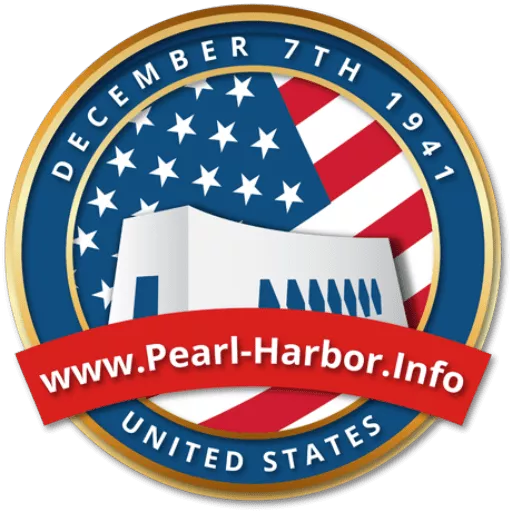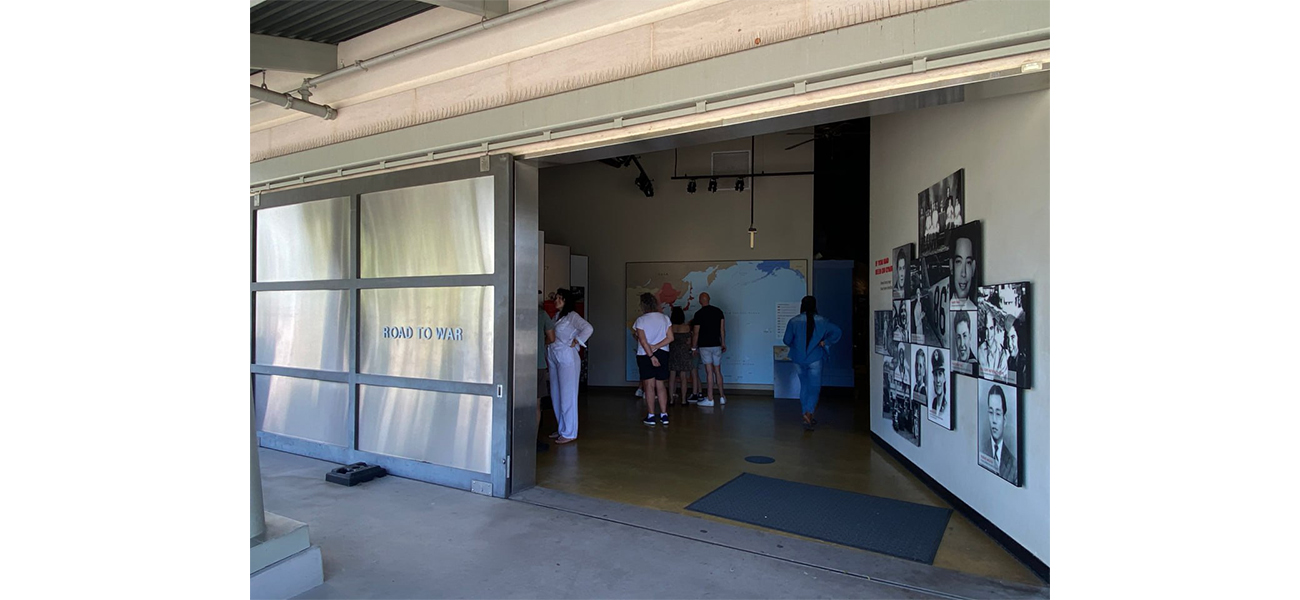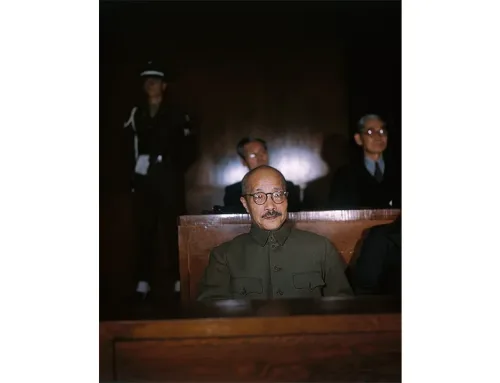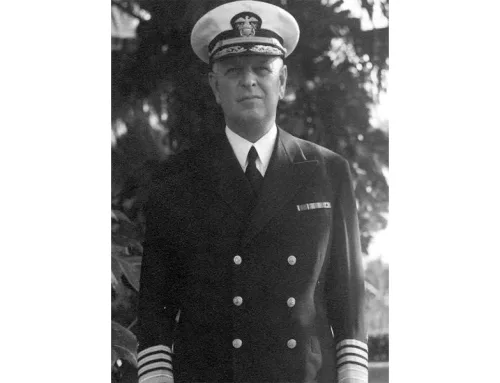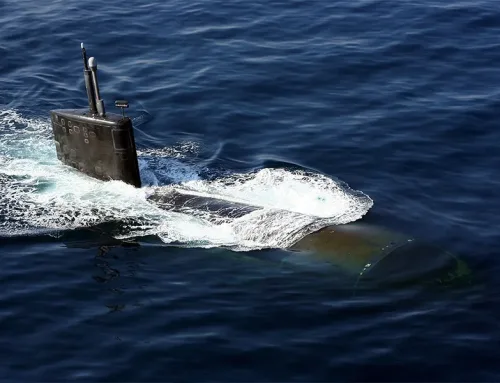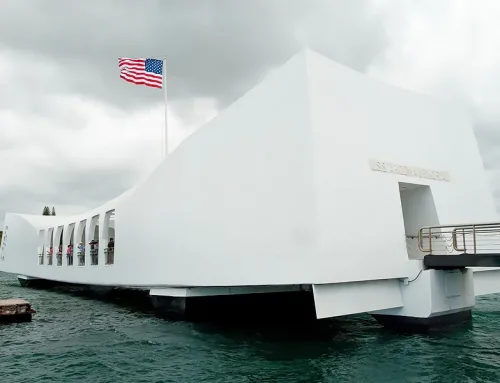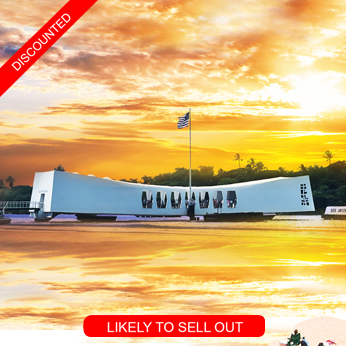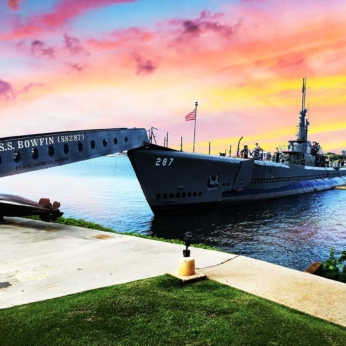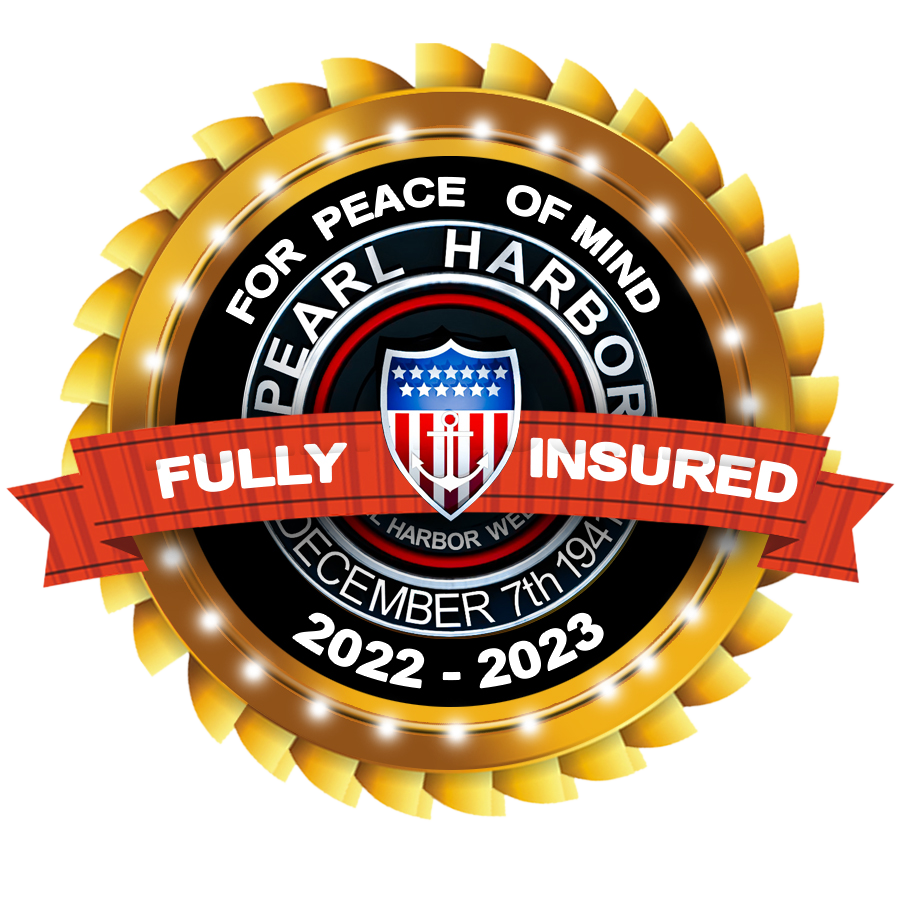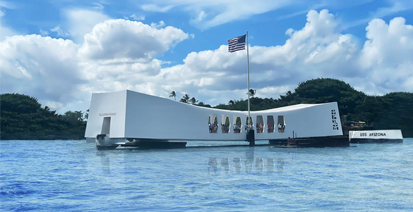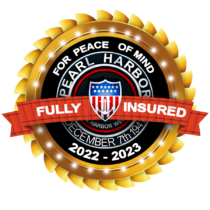Road to War: The Lead-Up to Pearl Harbor
Understanding the lead-up to the Pearl Harbor attack is crucial for grasping the complexities that precipitated one of the most significant events in American history. The attack on December 7, 1941, was not an isolated incident but the culmination of years of escalating tensions and strategic miscalculations.
The Global Context of the 1930s
The 1930s were marked by economic instability worldwide, primarily due to the Great Depression. This economic downturn had profound effects on global politics, contributing to the rise of militaristic regimes in countries seeking to recover through expansionist policies. In Japan, as in Germany and Italy, economic hardship and nationalistic fervor fueled the ascent of militaristic leaders. These regimes viewed territorial expansion as a means to secure resources and boost national pride.
Japan’s Expansionist Policies
Japan`s aggressive expansion began in 1931 with the invasion of Manchuria. This act of aggression demonstrated Japan’s willingness to use military force to achieve its goals and marked the start of its imperial ambitions in Asia. In 1937 the conflict between Japan and China escalated into a major war. The Second Sino-Japanese War further strained Japan’s resources and heightened tensions with Western powers, particularly the United States.
US-Japanese Relations in the 1930s
Throughout the 1930s, US-Japanese relations were increasingly strained. The United States viewed Japan’s expansionism with growing concern, leading to a series of diplomatic confrontations. The US initially attempted to stay out of foreign conflicts through the Neutrality Acts. However, these laws also limited America’s ability to support nations threatened by aggressors, indirectly encouraging Japanese advances in Asia. Japan’s industrial and military expansions were heavily dependent on imported raw materials, particularly oil and steel. This dependence made Japan vulnerable to economic sanctions. In response to Japanese aggression in China and Southeast Asia, the US imposed economic sanctions, including an embargo on oil exports to Japan. These sanctions severely threatened Japan’s strategic interests and played a crucial role in its decision to go to war.
Japan’s Strategic Dilemmas
Japan faced a critical dilemma: either halt its expansion to avoid conflict with the US or secure the resources it needed through further conquests. The choice to continue its aggressive policies ultimately set it on a collision course with America. In 1940, Japan solidified its ties with Germany and Italy through the Tripartite Pact. This alliance aimed to deter the US from interfering in their respective expansions, but it also bound Japan more closely to the Axis powers.
US Military Preparations
Anticipating potential conflict, the US Congress passed the Naval Expansion Act in 1940, significantly increasing the size and strength of the US Navy. This move was a clear signal to Japan of America’s readiness to defend its interests in the Pacific. The US also began to bolster its military presence in the Pacific, establishing bases in key locations and increasing troop deployments. These preparations aimed to counter Japanese expansion and protect American territories.
Diplomatic Efforts and Failures
Throughout 1941, the US and Japan engaged in a series of diplomatic negotiations, known as the Hull-Nomura talks. These discussions sought to resolve the growing tensions but ultimately failed to achieve any meaningful agreement. By late 1941, it was clear that diplomacy had reached an impasse. Japan’s demands for lifting economic sanctions and the US’s insistence on Japan withdrawing from China were irreconcilable.
The Attack on Pearl Harbor
Facing severe economic constraints and diplomatic isolation, Japan decided to launch a preemptive strike. The attack on Pearl Harbor was meticulously planned to disable the US Pacific Fleet and secure Japan’s dominance in the region. Admiral Isoroku Yamamoto, the architect of the Pearl Harbor attack, believed that a decisive blow was necessary to secure Japan’s strategic objectives. He hoped that a crippling strike would force the US to negotiate peace on favorable terms for Japan. On December 7, 1941, Japan launched an unexpected attack on Pearl Harbor. The assault was devastating, resulting in significant loss of life and the destruction of much of the US Pacific Fleet. The attack shocked the American public and eliminated any remaining isolationist sentiment. It galvanized the nation to enter World War II, transforming the conflict into a truly global war.
Most Popular Oahu Tours
Best Pearl Harbor Tours

The following tours are recognized as the most popular Pearl Harbor Tours on Oahu. While generally, our price is the lowest in the market now, for a limited time, they are on sale too. Please be advised that Pearl Harbor tickets and USS Arizona Memorial tickets are included in all of our Arizona Memorial Tours, Pearl Harbor small group tours, and private Pearl Harbor tours.
